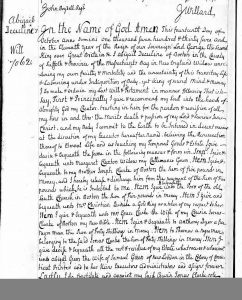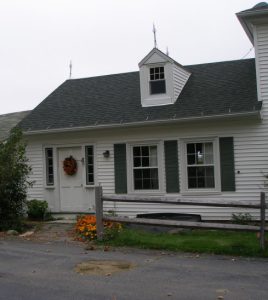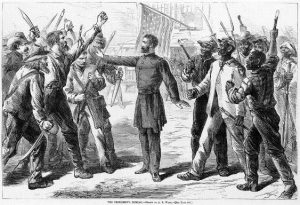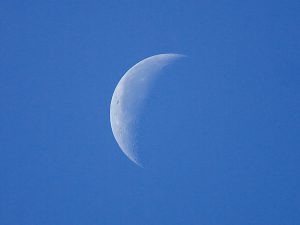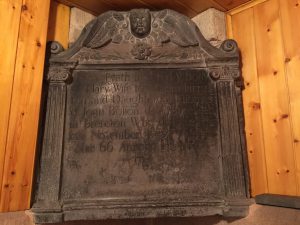 In the Early New England Families Study Project sketch for Joseph Andrews of Hingham, I included a commentary about the problem I was having establishing the birth order for Joseph’s children. Recently, an inquirer wondered why I had not used the order the children are named in Joseph’s will.[1]
In the Early New England Families Study Project sketch for Joseph Andrews of Hingham, I included a commentary about the problem I was having establishing the birth order for Joseph’s children. Recently, an inquirer wondered why I had not used the order the children are named in Joseph’s will.[1]
Heirs can be listed in a will in any way the testator wants, but there are legal precedents that encourage listing children by birth order. Sometimes all the sons are named first, then all the daughters, and sometimes they are intermixed. Sometimes the testator specifies “eldest son, second son,” but others do not, and while we might assume birth order, it is not guaranteed. Continue reading Birth order vs. will order


